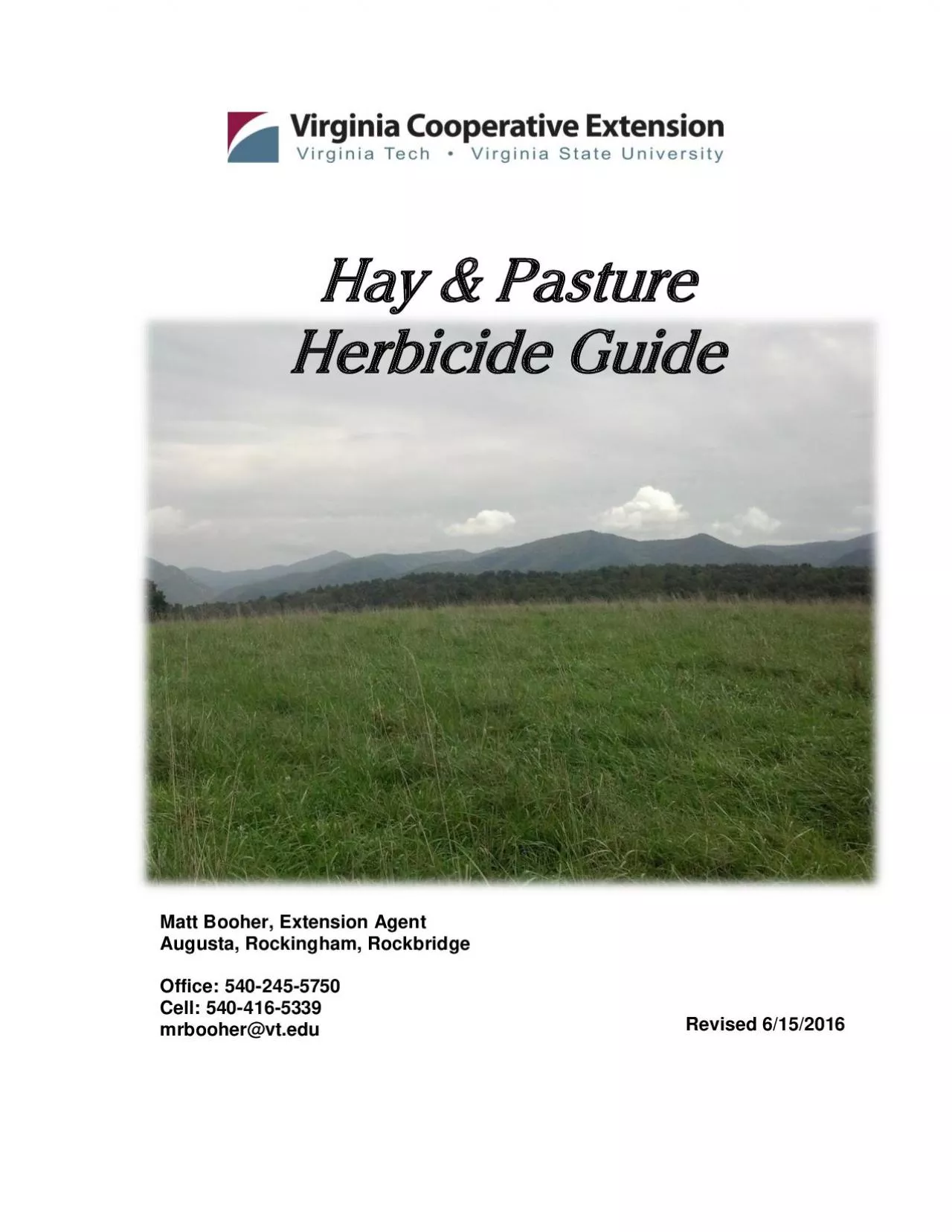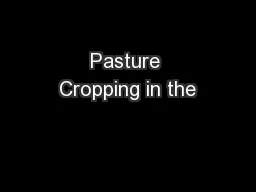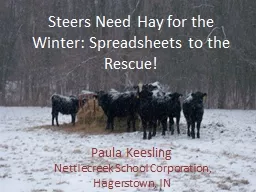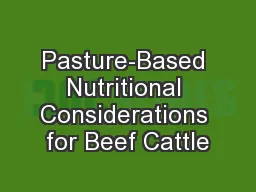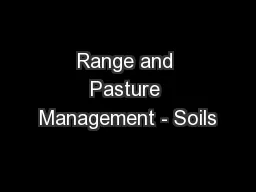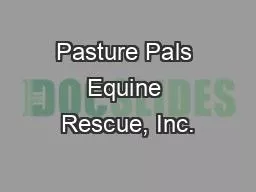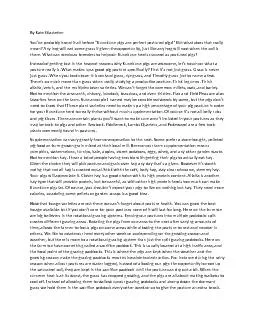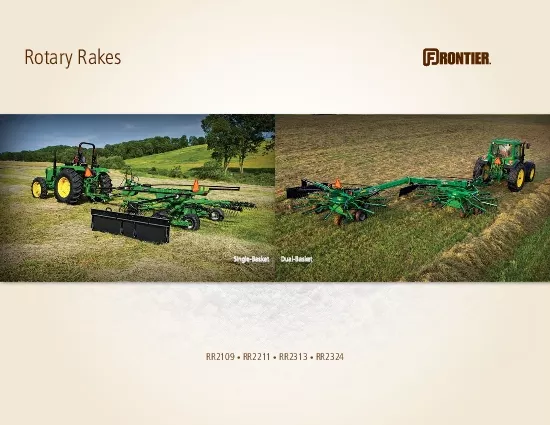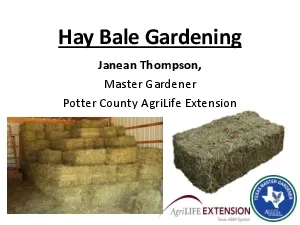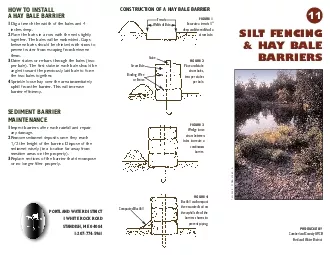PDF-Hay Pasture
Author : cora | Published Date : 2022-10-14
Herbicide Guide Matt Booher Extension Agent Augusta Rockingham Rockbridge Office 540 245 5750 Cell 540 416 5339 mrboohervtedu Revised 6152016 1 The herbicide
Presentation Embed Code
Download Presentation
Download Presentation The PPT/PDF document "Hay Pasture" is the property of its rightful owner. Permission is granted to download and print the materials on this website for personal, non-commercial use only, and to display it on your personal computer provided you do not modify the materials and that you retain all copyright notices contained in the materials. By downloading content from our website, you accept the terms of this agreement.
Hay Pasture: Transcript
Download Rules Of Document
"Hay Pasture"The content belongs to its owner. You may download and print it for personal use, without modification, and keep all copyright notices. By downloading, you agree to these terms.
Related Documents

